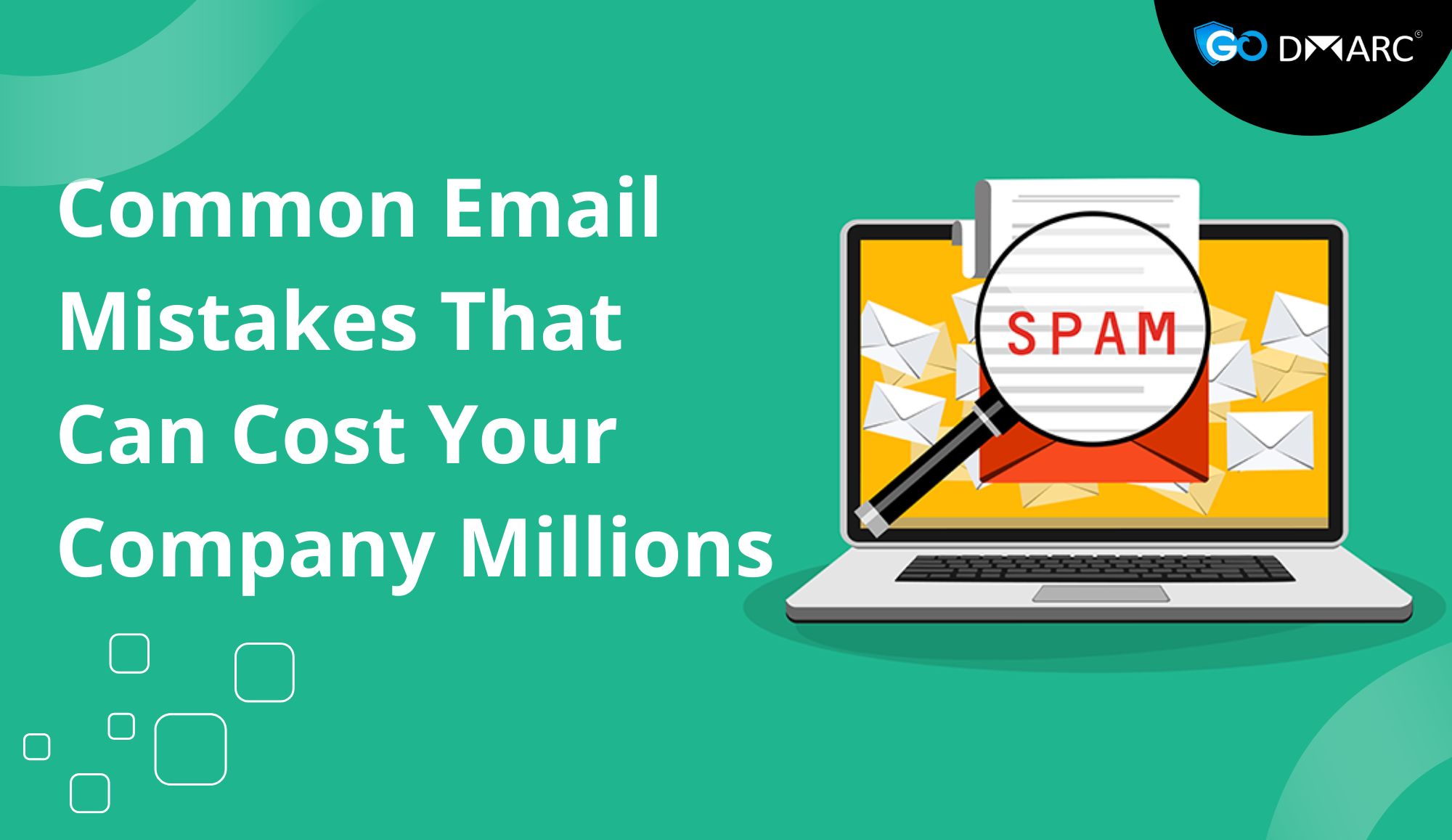Introduction
Email phishing is one of the most prevalent and dangerous forms of cyber threats today. Cybercriminals use deceptive tactics to trick individuals into revealing sensitive information, such as login credentials, financial details, and personal data. The alarming ease with which phishing attacks can be executed makes them a major concern for businesses and individuals alike.
In this article, we will explore how simple email phishing is, the techniques used by attackers, and the importance of implementing DMARC Email Security to combat these threats effectively.
Understanding Email Phishing
What is Email Phishing?
Email phishing is a type of cyber attack where malicious actors impersonate trusted entities to deceive recipients into taking harmful actions. These emails often contain:
- Fake login pages designed to steal credentials
- Malware-laden attachments
- Urgent requests for sensitive information
Despite advances in cybersecurity, phishing remains a significant threat because of its simplicity and effectiveness in exploiting human psychology.
Why is Email Phishing So Simple?
Several factors contribute to the simplicity and success of email phishing:
- Ease of Email Spoofing: Attackers can easily impersonate legitimate brands or individuals using fake sender addresses.
- Psychological Manipulation: People tend to respond quickly to urgent or emotionally charged messages.
- Lack of Awareness: Many users are unaware of the latest phishing techniques and fail to recognize fake emails.
- Inadequate Security Measures: Weak email authentication mechanisms allow phishing emails to bypass spam filters and reach inboxes.
Common Phishing Techniques
Phishers employ various tactics to deceive users and steal information. Understanding these techniques is crucial to preventing attacks.
1. Email Spoofing
Attackers forge the “From” address to make it appear as if the email is from a legitimate source. Without proper authentication measures like DMARC Email Security, these spoofed emails can easily bypass email filters.
2. Spear Phishing
Unlike generic phishing attacks, spear phishing targets specific individuals or organizations. Attackers conduct research on their victims to craft highly personalized emails, increasing the chances of success.
3. Business Email Compromise (BEC)
BEC attacks involve impersonating high-level executives or trusted contacts to trick employees into transferring money or sharing confidential data.
4. Clone Phishing
Attackers duplicate a legitimate email, replace links or attachments with malicious versions, and resend it to the victim, making it difficult to distinguish from the original message.
5. Malware Distribution
Some phishing emails contain attachments or links that install malware on the victim’s system, allowing attackers to steal information or take control of the device.
How Attackers Execute a Phishing Campaign
A typical phishing attack consists of several steps:
- Choosing a Target: Attackers select individuals or organizations based on potential vulnerabilities.
- Creating a Fake Email: Using simple tools, attackers design an email that appears to be from a legitimate sender.
- Deploying the Attack: The phishing email is sent to the target, often in large numbers.
- Exploiting the Victim: If the victim clicks on a malicious link or downloads an attachment, attackers gain access to their credentials or system.
- Monetizing the Attack: Stolen credentials are used for fraud, blackmail, or selling data on the dark web.
The Role of DMARC Email Security in Phishing Prevention
DMARC (Domain-based Message Authentication, Reporting, and Conformance) is a powerful email authentication protocol designed to prevent email spoofing and phishing attacks.
How DMARC Works
DMARC builds on SPF (Sender Policy Framework) and DKIM (DomainKeys Identified Mail) to verify the legitimacy of email senders. It allows domain owners to specify how receiving servers should handle emails that fail authentication.
Benefits of DMARC Email Security
- Prevents Email Spoofing: DMARC ensures that only authorized senders can use a domain to send emails, reducing the risk of phishing attacks.
- Enhances Brand Trust: By implementing DMARC, businesses can protect their customers from receiving fraudulent emails under their name.
- Improves Email Deliverability: Emails from authenticated sources are less likely to be marked as spam, ensuring legitimate messages reach recipients.
- Provides Visibility into Email Fraud: DMARC reports help organizations monitor unauthorized email activity and take corrective actions.
Real-World Examples of Phishing Attacks
Case Study 1: A Financial Institution Targeted by BEC
A major bank fell victim to a BEC attack when attackers impersonated an executive and tricked employees into transferring large sums of money. The lack of DMARC Email Security allowed the fake email to appear genuine, resulting in financial losses.
Case Study 2: A Healthcare Organization Breached Through Phishing
A healthcare provider suffered a data breach when an employee clicked on a phishing link, compromising patient records. Strengthening email authentication could have prevented the attack.
Steps to Protect Against Phishing Attacks
1. Implement DMARC Email Security
Enforcing a strict DMARC policy (e.g., “p=reject”) ensures that unauthorized emails are blocked before reaching users.
2. Educate Employees and Users
Conduct regular training on how to recognize phishing emails and avoid clicking on suspicious links.
3. Use Multi-Factor Authentication (MFA)
Even if credentials are stolen, MFA adds an extra layer of security by requiring additional verification before granting access.
4. Enable Email Filtering and Anti-Phishing Tools
Use advanced email security solutions to detect and block phishing emails in real-time.
5. Regularly Monitor and Update Security Policies
Continuously analyze DMARC reports and refine email security settings to stay ahead of evolving phishing tactics.
Conclusion
Email phishing is alarmingly simple, making it one of the biggest threats to online security. Attackers exploit human psychology and weak authentication protocols to launch deceptive campaigns. However, organizations can significantly reduce phishing risks by implementing DMARC Email Security, educating users, and adopting best cybersecurity practices.
By staying vigilant and using advanced security measures, businesses and individuals can effectively combat phishing attacks and protect their sensitive information from cybercriminals.




